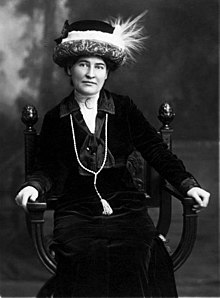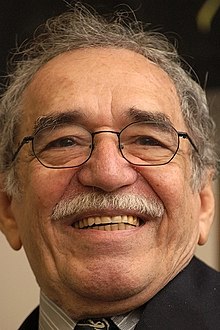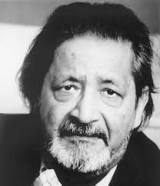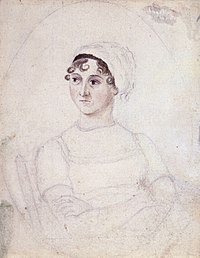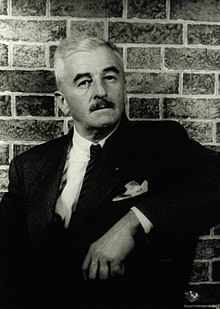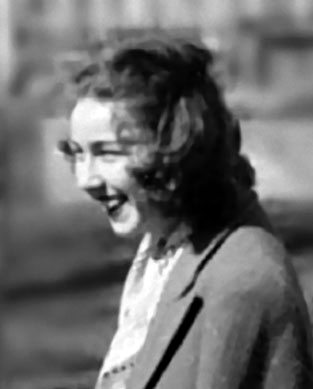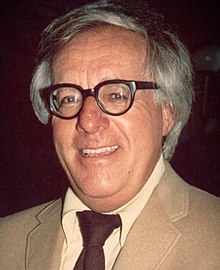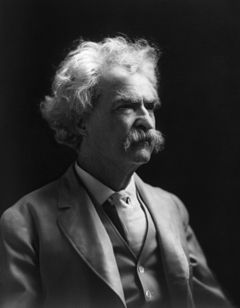
These are vivid word pictures that introduce a character and bring them to life on the page, as Mark Twain does in his stories and books. The character sketch should be short, vivid, succinct. Include distinctive details; try to SHOW rather than simply TELL about someone. Include one tag or crowning detail that the reader will associate with them.
Most writers have little trouble with the ‘telling side’ of characterization. They quickly and easily sum someone up: he is a grump; she’s an entertainer. But writers often have a much harder time of explaining why they formed that opinion of the person. As a result, they don’t know how to demonstrate the truth of that assessment to the reader. Here are some ideas of what to look for in a direct or ‘showing’ approach to character sketches:
SHOWING CHARACTER
–APPEARANCE – What do they look like? What size, color, shape, weight is person? What kind of clothes do they wear? Do they have a narrow face, or a round, cherubic face? Green eyes or brown eyes? Do they wear a smile or a frown?
–MANNER – How do they move, walk, sit? What’s they’re posture like? How do they smoke a cigarette? Vape? Drive a car? Eat an ice cream cone?
–SPEECH – What do they say? How do they say it? Do they have a distinct dialect? How can you use this to characterize them? Is their speech individuated? How can you capture this?
–CHARACTER IN ACTION – How do they behave in their work, social and family life? What do their actions tell us about who they are? This is an especially effective way of characterization. Follow someone around work or at home. Record details of speech, manner, etc. See how they interact with other people.
We’ll discuss character sketches in my spring class, The Nature of Narrative. Let me know if you’d like to sign up!
 The Writer's Workshop
The Writer's Workshop 